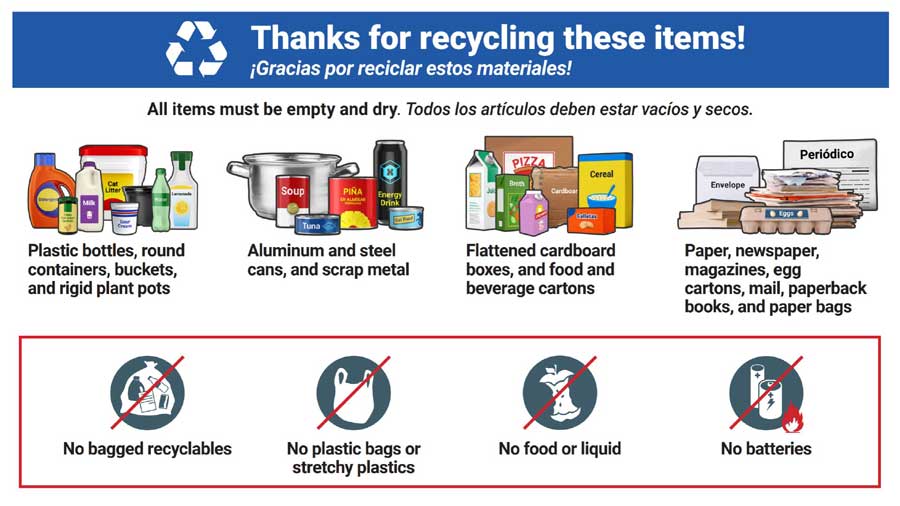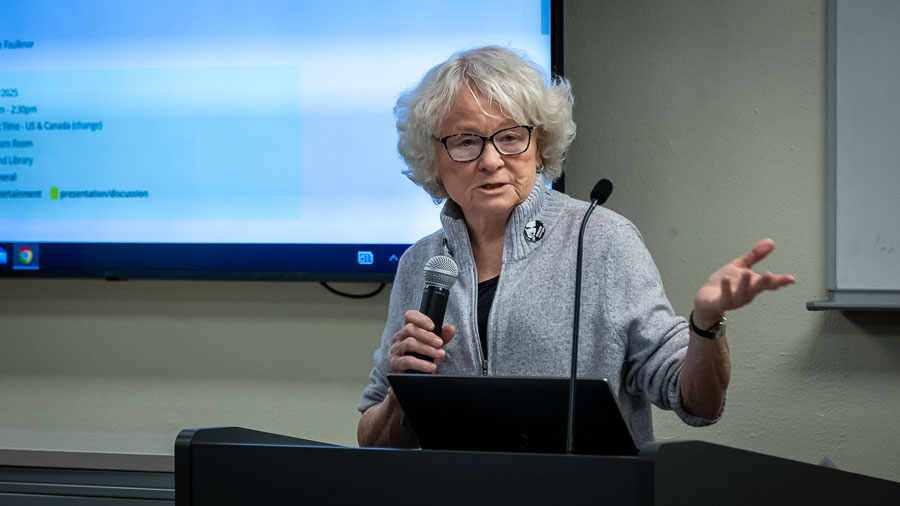GUEST COLUMN: Sewer failure a harbinger of potential disaster
Published 5:00 am Saturday, January 20, 2024

- Guest Column logo
The recent sewer failure in east Medford is the very least of our sewer problems; virtually all sewers in the Rogue Valley may soon fail.
One evening in 2015, I attended a presentation in the Medford City Council’s auditorium. The room and aisles were packed. Some of you may have been present.
Dr. Althea Rizzo, geohazards program coordinator of the Oregon Office of Emergency Management (OEM), was speaking about the 78-year-overdue Cascadia Subduction Zone earthquake.
Dr. Rizzo compared the surface geology of the Rogue Valley to Christchurch, New Zealand; they are both dominated by stream gravels. In 2011, Christchurch had an earthquake of 6.2 to 6.7 in magnitude. Four months later, Japan had a devastating quake/tsunami, and Christchurch was quickly forgotten.
However, in 2015, four years after the New Zealand temblor, downtown Christchurch still had no working sewer system.
When the quake occurred, many of the sewer pipes “floated” to the surface. Sewer pipes are relatively light compared to the rock and soil they displace. With every shake, sewer pipes are bounced upwards and liquefaction pushes sand and gravel particles under the pipe, raising the pipe upwards, again and again.
Most sewer systems rely on gravity to move waste from our toilets to the sewage treatment plant. With downward continuity of flow disrupted, the sewer system fails and sewage is pushed out onto the surface. Virtually all sewers in the Rogue Valley are imbedded in stream gravels.
The southern quarter of the Cascadia Subduction Zone moves twice as often as the northern section. Over the past 10,000 years, a major quake has struck southwestern Oregon 40 times, on average every 246 years.
This mega quake timeline can be viewed here in an interactive mode.
We should not be complacent — 40 quakes in a row implies that the next one is inevitable. The last one occurred on Jan. 26, 1700, around 9 p.m.
While each whole number increase in earthquake magnitude represents a 10-fold increase in the measured amplitude, it represents 32 times more energy release. This 78-year-overdue quake will have approximate amplitude 100 times greater than the Christchurch earthquake of 2011 with over 1,000 times the energy release.
Though the epicenter is near the coast, we should expect the damage in the Rogue Valley to be great.
I urge our city and county planners to be proactive and speak with the OEM and their planning counterparts in Christchurch. We could learn how they reengineered their sewer system and what they suggest we do prior to our 78-year-overdue quake in order to mitigate the impact of this inevitable catastrophe.










